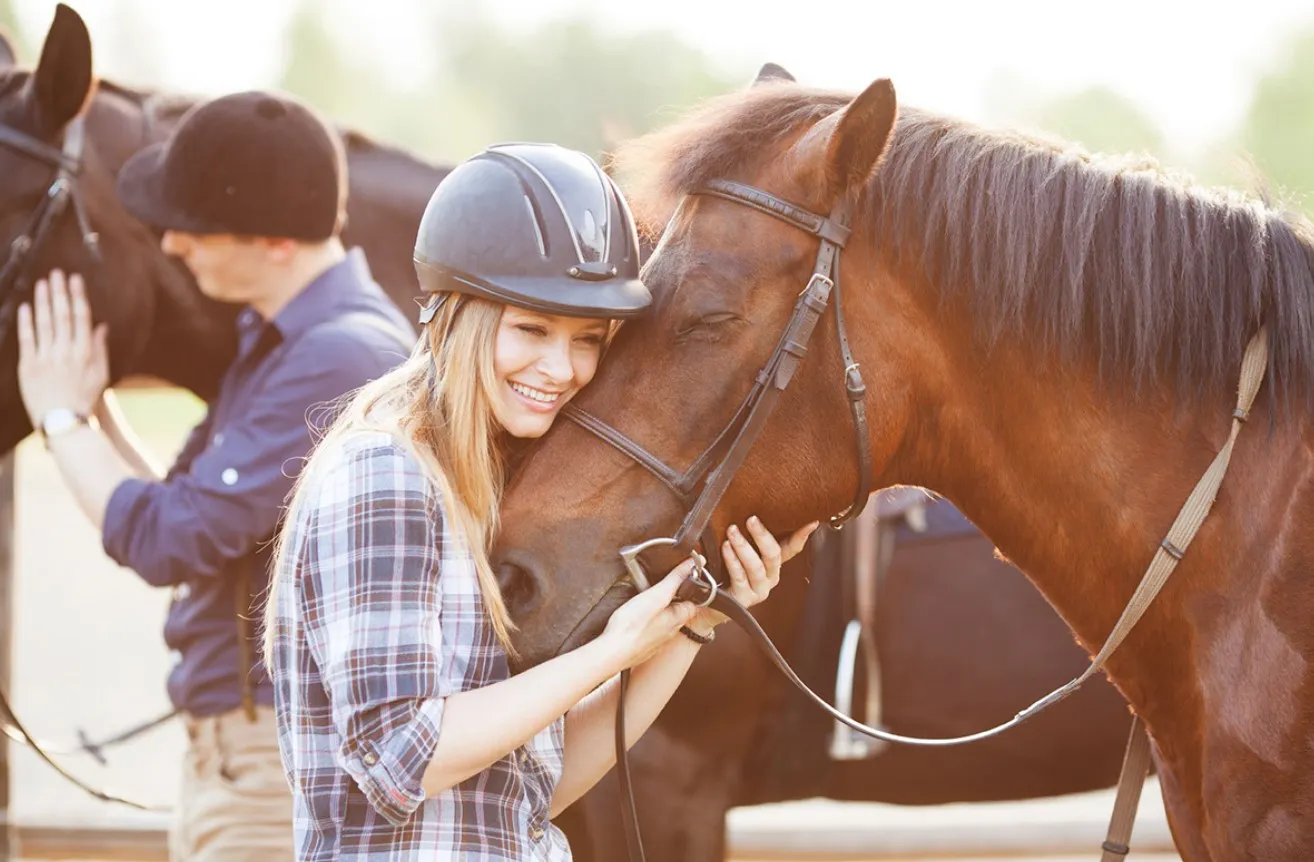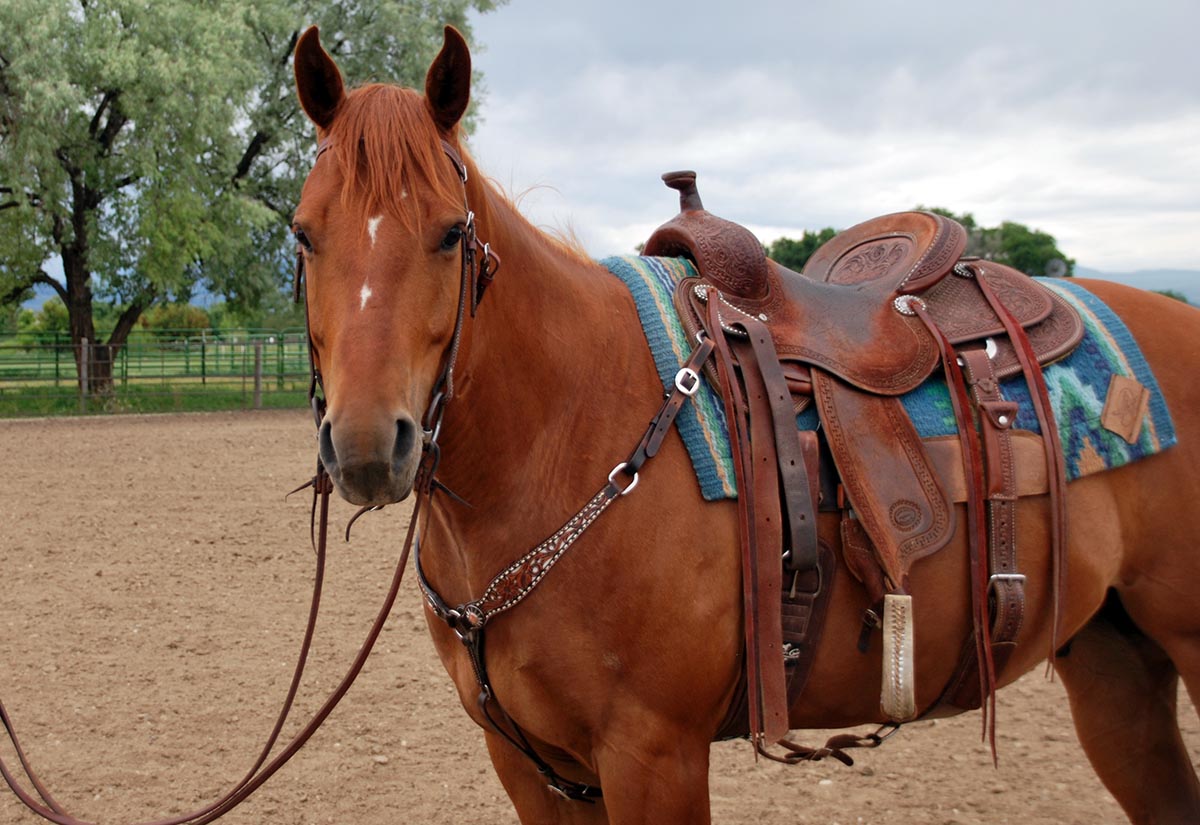When it comes to trailering training for horses, many horse owners find themselves in a challenging situation. Whether you’re a seasoned equestrian or a new horse owner, understanding the nuances of trailering training is crucial. The ability to safely and efficiently load and transport your horse can be the difference between a smooth trip and a stressful ordeal. Let’s explore why this training is essential and how you can successfully accomplish it.

The Importance of Trailering Training
Transporting your horse is an inevitable part of horse ownership. Whether you’re heading to a competition, a vet appointment, or simply moving to a new home, your horse must be comfortable and safe in a trailer. Proper trailering training for horses ensures that your horse not only enters the trailer calmly but also travels without stress.
Building Trust with Your Horse
The foundation of any successful trailering training is trust. Before you even approach the trailer, it’s imperative to establish a bond with your horse. This trust will make the training process smoother and less intimidating for your equine friend.
Understanding Horse Behavior
Horses are naturally claustrophobic animals. The confined space of a trailer can be frightening. By understanding your horse’s behavior, you can gently guide them through the process. Recognize signs of stress and address them with patience and care.
Steps to Effective Trailering Training
Embarking on trailering training for horses involves several steps. Each step should be approached with patience and consistency to ensure your horse learns at their own pace.
Introducing the Trailer
The first step is to introduce the horse to the trailer without any pressure. Allow your horse to explore the trailer’s exterior, sniffing and investigating at their leisure. This introduction should be calm and positive.
Positive Reinforcement Techniques
Using positive reinforcement, such as treats or verbal praise, can encourage your horse to enter the trailer. This technique helps create a positive association with the trailer, making the horse more willing to enter.
Learn more about positive reinforcement techniques.
Practicing Loading and Unloading
Once your horse is comfortable around the trailer, practice loading and unloading. This practice should be frequent but short, ensuring your horse remains calm and cooperative. Gradually increase the time spent inside the trailer as your horse becomes more comfortable.
Overcoming Common Challenges
Every horse is unique, and you may encounter specific challenges during trailering training. Identifying and addressing these challenges promptly is key to a successful training experience.
Dealing with Stubborn Horses
Some horses may be particularly stubborn when it comes to loading. In such cases, it’s essential to remain patient and avoid forcing the issue. Instead, use gentle techniques and positive reinforcement to coax them in.
For more tips, visit dealing with stubborn horses.
Handling Nervous Horses
Nervous horses may require additional time and reassurance. Speak to them in a calm, soothing voice and ensure that the trailer environment is as inviting as possible. This may include using familiar bedding or toys inside the trailer.
Safety Precautions for Trailering
Safety should always be a top priority when transporting your horse. Properly securing your horse and maintaining the trailer can prevent accidents and ensure a smooth journey.
Trailer Maintenance
Regularly inspect your trailer for any signs of wear and tear. Ensure that all doors, latches, and partitions function correctly. A well-maintained trailer is crucial for your horse’s safety.
Securing Your Horse
Always use appropriate restraints to secure your horse in the trailer. These should be comfortable yet effective in preventing sudden movements during transit.
Trailering Training for Special Needs Horses
Horses with special needs may require tailored training approaches. Whether due to age, health, or temperament, these horses benefit from extra care and consideration.
Training Older Horses
Older horses may have ingrained habits that make trailering challenging. Patience and a gradual approach can help these horses adapt to the process.
Accommodating Health Concerns
Horses with health issues may need additional support during trailering. Consult with a veterinarian for specific recommendations to ensure their comfort and safety.
Creating a Positive Trailering Experience
Ultimately, the goal of trailering training for horses is to create a positive experience for both the horse and the owner. With time, patience, and the right techniques, your horse will learn to view the trailer as a safe and comfortable space.
Consistency is Key
Consistency in training helps reinforce positive behaviors. Regular practice and routine can turn trailering into a stress-free experience for your horse.
Maintaining a Calm Demeanor
Your attitude during training can greatly influence your horse’s behavior. A calm and confident demeanor reassures your horse and encourages cooperation.
For additional training insights, explore horse discipline training.
Conclusion
In conclusion, trailering training for horses is an essential skill that requires dedication and understanding. By building trust, using positive reinforcement, and prioritizing safety, you can ensure a positive trailering experience for your horse. Embrace the journey of learning and enjoy the bond that strengthens between you and your horse throughout the process.
For more on horse training, visit The Spruce Pets.

FAQs
How long does trailering training take?
The duration of trailering training varies depending on the horse’s temperament and previous experiences. It can take anywhere from a few weeks to several months.
What if my horse refuses to enter the trailer?
If your horse refuses, remain patient and avoid force. Use positive reinforcement and gradually build their comfort level with the trailer.
Are there specific trailers for special needs horses?
Yes, there are trailers designed to accommodate horses with special needs, offering additional support and comfort during transport.
This article contains affiliate links. We may earn a commission at no extra cost to you.






